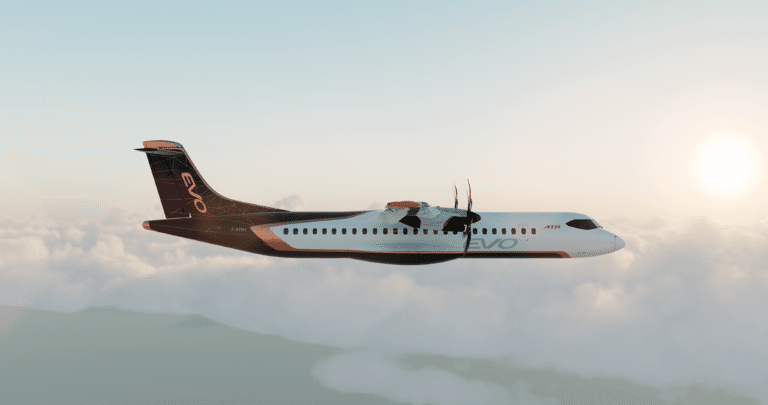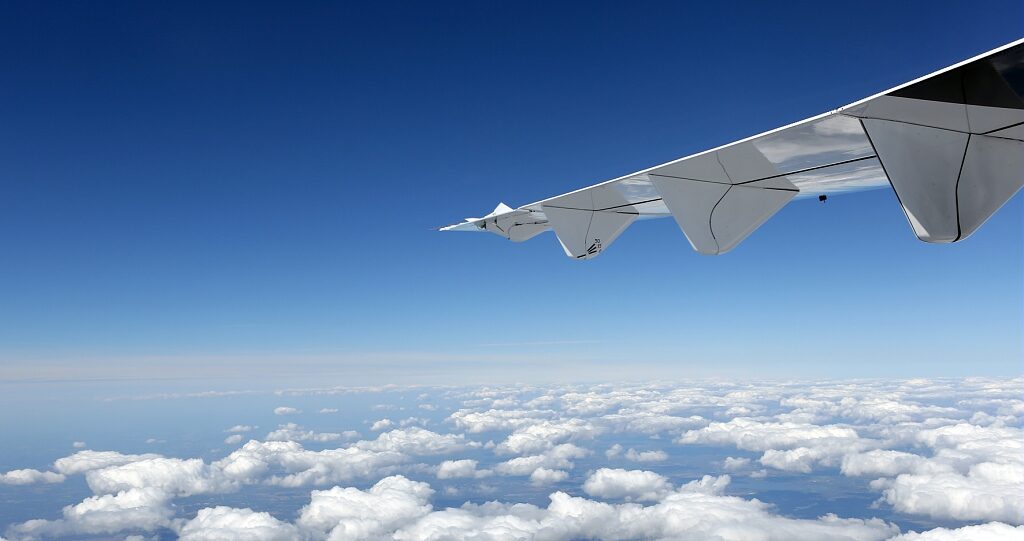An aircraft fairing is a specialised structure designed to smooth out the surface of an aircraft to reduce aerodynamic drag and enhance the aircraft’s efficiency and performance. Fairings are strategically placed to cover gaps or junctures between different parts of the aircraft, effectively streamlining the exterior to minimise drag force, particularly form drag and interference drag. Additionally, fairings play a significant role in improving the aesthetic appearance of the aircraft and can also serve protective functions by shielding components from environmental factors and reducing operational noise. Fairings are found at various points on an aircraft, each serving a specific purpose tailored to its location. These include areas where airflow needs to be managed to reduce turbulence and drag, or where sensitive components require protection from the external environment. The design and materials of fairings can vary widely based on their specific applications and the demands of different flight conditions.
Fairings are not just limited to large commercial aircraft but are also critical components in smaller planes. Their effectiveness in reducing drag directly contributes to the aircraft’s fuel efficiency, making them integral to modern aerospace engineering.
The following sections detail the most common types of aircraft fairings, highlighting their distinct characteristics and functions:
Belly Fairing
The belly fairing, or ventral fairing, is located on the underside of the fuselage. It covers areas that may include additional cargo storage or fuel tanks, aiding in drag reduction by smoothing the lower surface of the aircraft where turbulent airflows might occur. This type of fairing is especially significant in a cargo plane, where maximising internal volume and minimising external drag are crucial.
Cockpit Fairing
Often referred to as a cockpit pod, this type of fairing protects the cockpit area, particularly in ultralight and sport aircraft. It often incorporates materials like fiberglass and may include windshields to shield pilots from aerodynamic forces and environmental elements.
Wing Root Fairing
This fairing helps reduce the interference drag at the junction where the wing meets the fuselage. By smoothing out this area, the wing root fairing decreases the turbulence generated from the high-pressure regions at the leading and trailing edges of the wings.
Flap Track Fairings
Located along the wings, flap track fairings enclose the mechanisms operating the flaps when retracted. During flight, these fairings pivot and open to accommodate the movement of the flaps, maintaining aerodynamic efficiency.
Wheel Fairings
Commonly known as wheel pants or spats, these fairings encase the wheels and the lower parts of the landing gear. This design not only prevents debris from striking the aircraft but also reduces the drag caused by the wheels and landing gear, which is particularly significant in fixed-gear aircraft.
Fin and Rudder Tip Fairings
These fairings are applied to the tips of the fin and rudder to streamline the edges where airflow separation can cause increased drag. They are designed to maintain effectiveness at low angles of attack and help manage airflow over the control surfaces.
Spinner Fairing
The spinner fairing is mounted on the front of the propeller hub, streamlining the leading part of the aircraft to reduce drag and protect the propeller components from airborne debris and adverse weather conditions.
Fairings are essential for optimising aircraft performance, enhancing fuel efficiency, and improving the overall flight characteristics of both commercial and private aircraft. Their strategic placement and design are crucial components of modern aeronautical engineering, aimed at achieving the perfect balance between performance and functionality.








